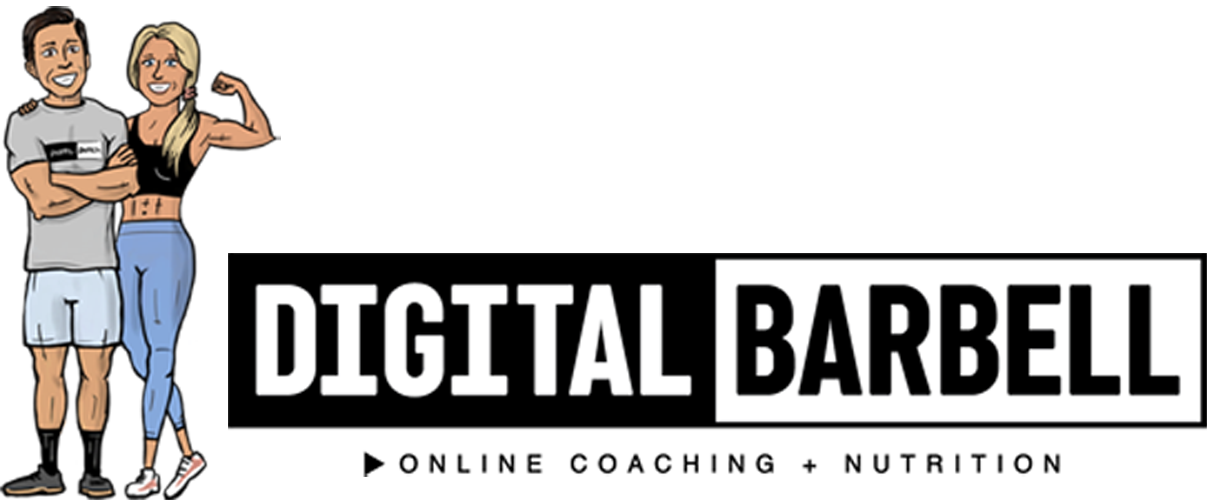How To Read Food Nutrition Labels
Food packaging is ridiculous. Companies know that we have short attention spans and that we’re on a mission to look for healthy options.
Often they use these facts to confuse and mislead us by plastering the front of the package with buzzwords and bolt font highlighting things that we believe to be “healthy” all while hiding the ugly truth.
Tip 1: Ignore the snazzy things on the front. A gluten free brownie is still not a healthy option nor is an organic cookie.
Instead, flip over the package and head straight for the ingredients. Nothing can be hidden here! Remember, ingredients are listed in quantity order (most = first on the list).
Tip 2: Look for options that have REAL foods in the first 3-5 ingredients.
Beware of hidden oils and sugars. Things like “cane juice, agave nectar, honey, and anything that says syrup.
Tip 3: Look closely at the serving size.
This is a classic trick companies will use to make their product appear healthier. Just because it comes in 1 non-resealable package doesn’t mean it’s 1 serving.
It might be 2 or 3! Beware!
Tip 4: Ignore Net Carbs and look at total carbs if you’re tracking macros.
Net carbs = total carbs - fiber - sugar alcohol.
But the truth is that no one knows how many calories are contained in these “net carbs” so it’s best to just stick with the basics.
Tip 5: Don’t eat according to the “% Daily Value” on the label.
These are based on the FDA recommendations for nutrients in a 2000 calorie per day diet. Should you be eating 2,000 calories per day? I don’t know since I don’t know you and neither do the food companies.
Also, the %’s on those charts would have you eating 300g of carbs per day. Is that too much for you?
Also the FDA recommendation for daily protein per day with a 2,000 calorie diet is 50g. 50g!!!
If you’ve read anything that we’ve written this will stand out to you as a VERY LOW NUMBER. Aim for closer to .8-1.2g per day per lb that you weigh.
The bottom line is that what’s important is the ingredients on the back, the total calories per serving and how the quantity of protein, carbs and fat line up with your goals.
You should be eating as many foods from the produce section and the butcher shop as possible to cover your micronutrient demands and only rely on processed foods in a box for a very small percentage of your diet.
We hope these tips help keep you from being fooled by buzzwords and misleading packages!
If you need help setting up your nutrition send us a message.
